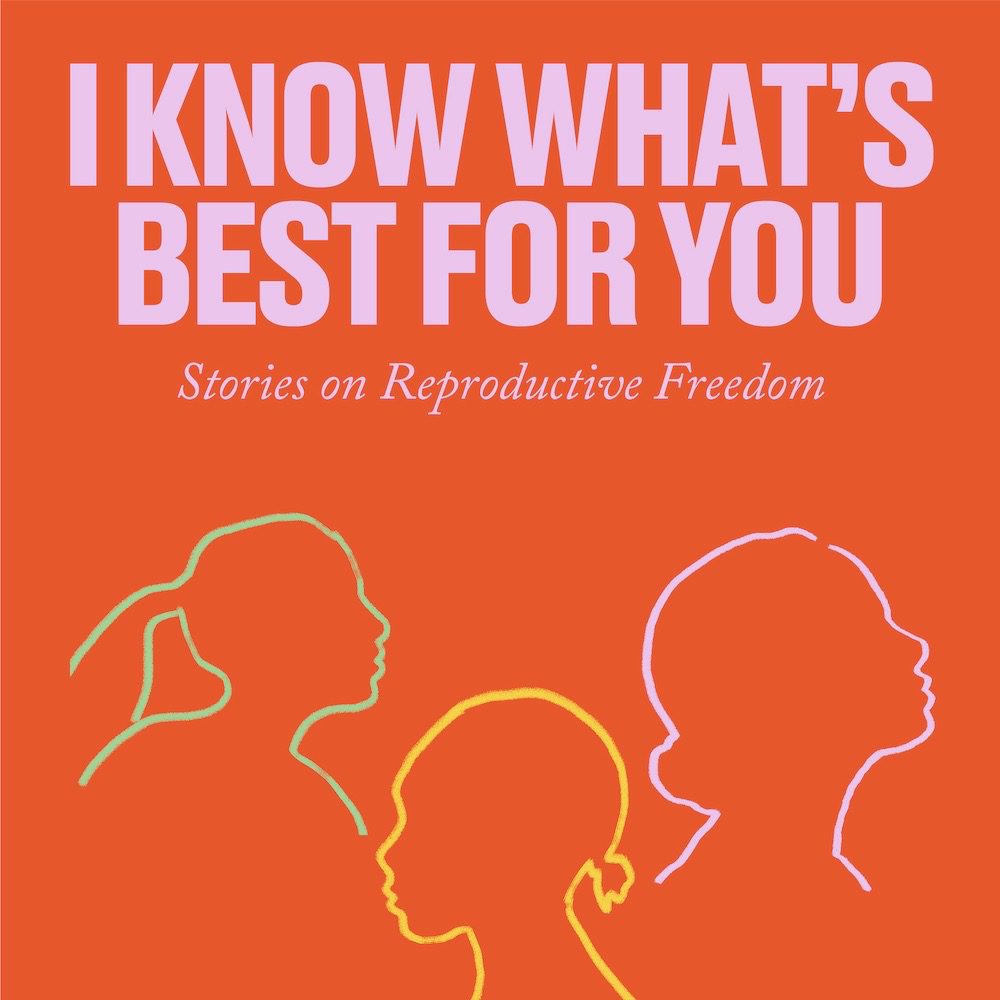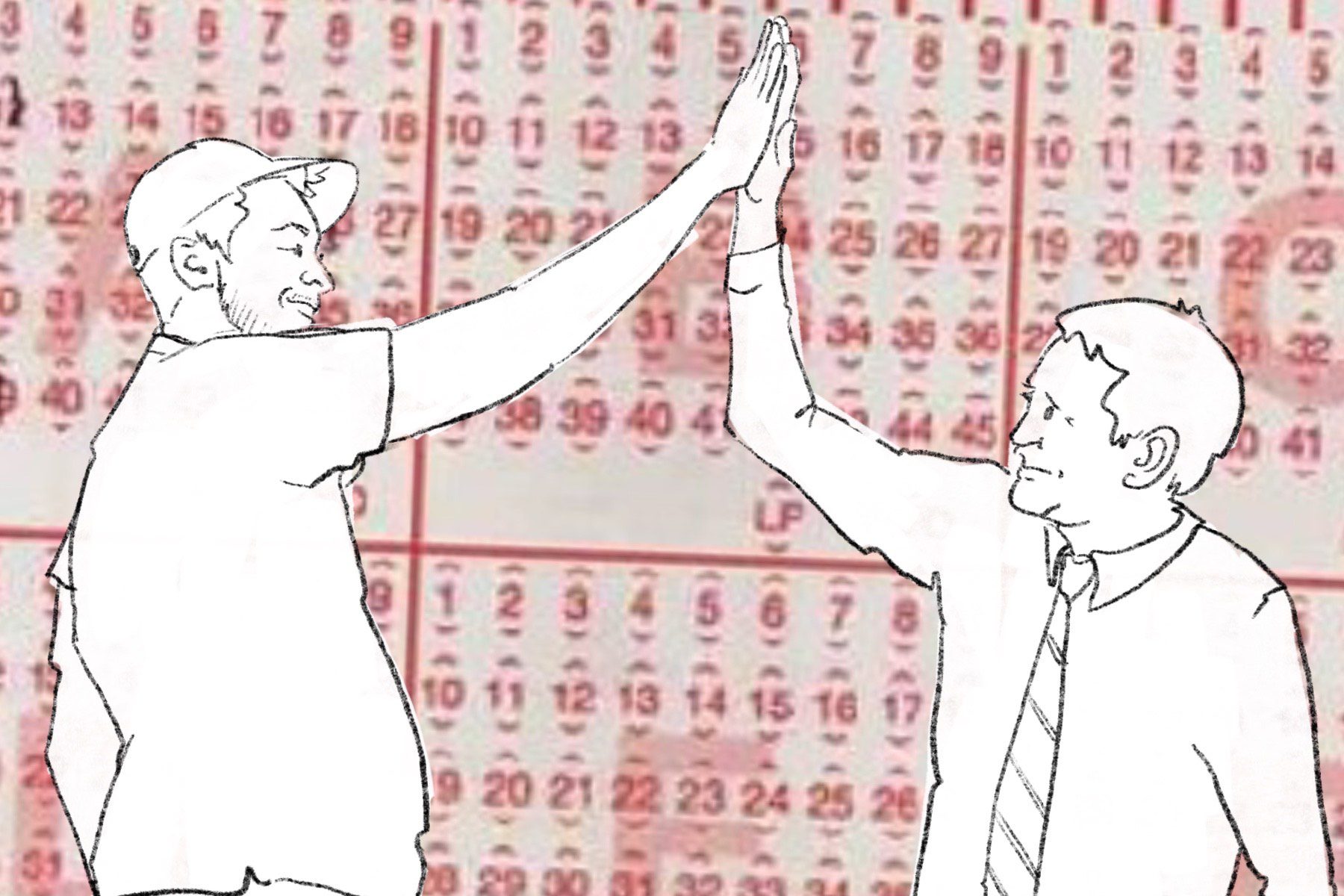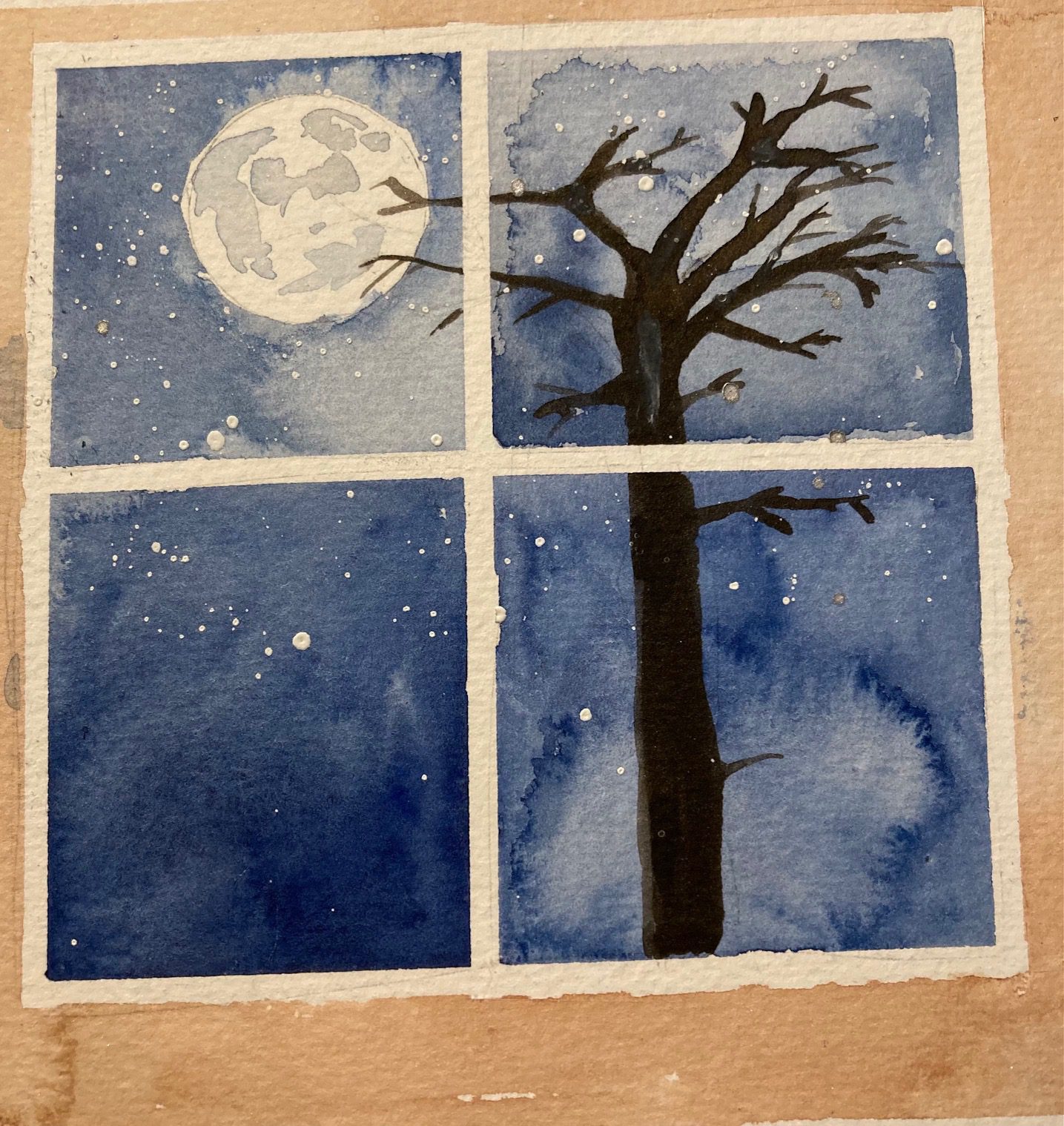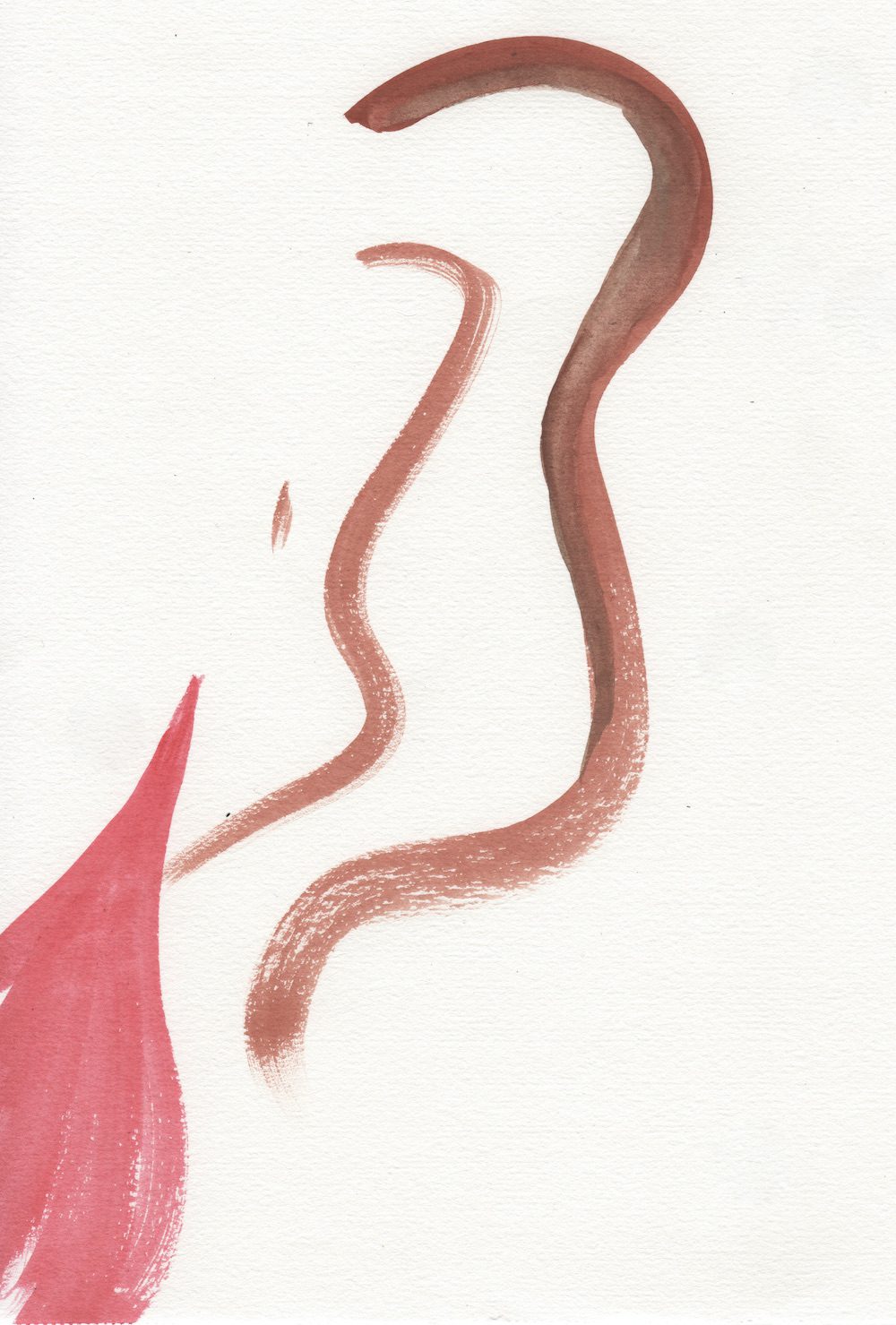 It didn’t surprise me to learn that Americans send out a billion and a half Christmas cards every year. That would have been my guess, give or take a quarter of a billion. Missing by 250 million is coming close nowayears, for what used to be called astronomical figures have now become the figures of earth. I am no longer staggered by the massive, but I can still be shaken by the minor human factors involved in magnificent statistics. A national budget of 71 thousand million is comprehensible to students of our warlike species, but who is to account for the rising sales of vodka in this nation—from 108,000 bottles in 1946 to 32,500,000 bottles in 1956? The complexities of federal debt and personal drinking are beyond my grasp, but I think I understand the Christmas card situation, or crisis.
It didn’t surprise me to learn that Americans send out a billion and a half Christmas cards every year. That would have been my guess, give or take a quarter of a billion. Missing by 250 million is coming close nowayears, for what used to be called astronomical figures have now become the figures of earth. I am no longer staggered by the massive, but I can still be shaken by the minor human factors involved in magnificent statistics. A national budget of 71 thousand million is comprehensible to students of our warlike species, but who is to account for the rising sales of vodka in this nation—from 108,000 bottles in 1946 to 32,500,000 bottles in 1956? The complexities of federal debt and personal drinking are beyond my grasp, but I think I understand the Christmas card situation, or crisis.
It disturbed me to estimate that two-fifths of the 1956 Christmas cards, or six hundred million, were received by people the senders barely knew and could count only as the most casual of acquaintances, and that approximately thirty million recipients were persons the senders had met only once, in a bar, on a West Indies cruise, at a doctor’s office, or while fighting a grass fire in Westchester. The people I get Christmas cards from every year include a Jugoslav violist I met on the Leviathan in 1925, the doorman of a restaurant in Soho, a West Virginia taxi driver who is writing the biography of General Beauregard, the young woman who cured my hiccoughs at Dave Chasen’s in 1939 (she twisted the little finger of my left hand and made me say Garbo backward), innumerable people who know what to do about my eye and were kind enough to tell me so in hotel lobbies and between the acts of plays, seven dog owners who told me at Tim’s or Bleeck’s that they have a dog exactly like the one I draw, and a lovely stranger in one of these saloons who snarled at a proud dog owner: “The only dog that looks like the dog this guy draws is the dog this guy draws.”
The fifteen hundred million annual Yuletide greetings are the stamp and sign of the American character. We are a genial race, as neighborly abroad as at home, fond of perpetuating the chance encounter, the golden hour, the unique experience, the prewar vacation. “I think this calls for a drink” has long been one of our national slogans. Strangers take turns ordering rounds because of a shared admiration or disdain, a suddenly discovered mutual friend in Syracuse, the same college fraternity, a similar addiction to barracuda fishing. A great and lasting friendship rarely results, but the wife of each man adds the other’s name to her Christmas list. The American woman who has been married ten years or longer, at least the ones I know, sends out about two hundred Christmas cards a year, many of them to persons on the almost forgotten fringe of friendship.
I had the good luck to be present one December afternoon in the living room of a couple I know just as the mail arrived. The wife asked if we minded her glancing at the cards, but she had already read one. “My God!” she exclaimed. “The Spragues are still together! They were this really charming couple we met in Jamaica eight years ago. He had been a flier, I think, and had got banged up, and then he met Marcia—I think her name was Marcia.” She glanced at the card again and said, “Yes, Marcia. Well, Philip was on leave in Bermuda and he saw her riding by in a carriage and simply knew she was the girl, although he had never laid eyes on her before in his life, so he ran out into the street and jumped up on the carriage step, and said, ‘I’m going to marry you!’ Would you believe it, he didn’t even tell her his name, and of course he didn’t know her from Adam—or Eve, I guess I ought to say—and they were married. They fell in love and got married in Bermuda. Her family was terribly opposed to it, of course, and so was his when they found out about hers, but they went right ahead anyway. It was the most romantic thing I ever heard of in my life. This was four or five years before we met them, and—”
“Why are you so astonished that they are still together?” I asked.
“Because their meeting was a kind of third-act curtain,” said my friend’s husband. “Boy meets girl, boy gets girl—as simple as that. All that’s left is boy loses girl. Who the hell are Bert and Mandy?” he asked, studying a Christmas card.
Another greeting card category consists of those persons who send out photographs of their families every year. In the same mail that brought the greetings from Marcia and Philip, my friend found such a conversation piece. “My God, Lida is enormous!” she exclaimed. I don’t know why women want to record each year, for two or three hundred people to see, the ravages wrought upon them, their mates, and their progeny by the artillery of time, but between five and seven per cent of Christmas cards, at a rough estimate, are family groups, and even the most charitable recipient studies them for little signs of dissolution or derangement. Nothing cheers a woman more, I am afraid, than the proof that another woman is letting herself go, or has lost control of her figure, or is clearly driving her husband crazy, or is obviously drinking more than is good for her, or still doesn’t know what to wear. Middle-aged husbands in such photographs are often described as looking “young enough to be her son,” but they don’t always escape so easily, and a couple opening envelopes in the season of mercy and good will sometimes handle a male friend or acquaintance rather sharply. “Good Lord!” the wife will say. “Frank looks like a sex-crazed shotgun slayer, doesn’t he?” “Not to me,” the husband may reply. “To me he looks more like a Wilkes-Barre dentist who is being sought by the police in connection with the disappearance of a choir singer.”
 Anyone who undertakes a comparative analysis of a billion and a half Christmas cards is certain to lose his way once in a while, and I now find myself up against more categories than I can handle. Somewhere in that vast tonnage of cardboard, for example, are—I am just guessing now—three hundred million cards from firms, companies, corporations, corner stores, and other tradespeople. In the old days they sent out calendars for the New Year, and skipped Christmas, but I figure they are now responsible for about a fifth of the deluge. Still another category includes inns, bars, restaurants, institutions, councils, committees, leagues and other organizations. One of my own 1956 cards came from the Art Department of Immaculate Heart College, in Los Angeles, whose point of contact with me has eluded my memory. A certain detective agency used to send me a laconic word every December, but last year, for some disturbing reason, I was struck off the agency’s list. I don’t know how I got on it in the first place, since I have never employed a private investigator to shadow anybody, but it may be that I was one of the shadowed. The agency’s slogan is “When we follow him he stays followed,” and its card was invariably addressed to “Mr. James Ferber.” This hint of alias added a creepy note to the holidays, and, curiously enough, the sudden silence has had the same effect. A man who is disturbed when he hears from a detective agency, and when he doesn’t, may be put down, I suppose, as a natural phenomenon of our nervous era.
Anyone who undertakes a comparative analysis of a billion and a half Christmas cards is certain to lose his way once in a while, and I now find myself up against more categories than I can handle. Somewhere in that vast tonnage of cardboard, for example, are—I am just guessing now—three hundred million cards from firms, companies, corporations, corner stores, and other tradespeople. In the old days they sent out calendars for the New Year, and skipped Christmas, but I figure they are now responsible for about a fifth of the deluge. Still another category includes inns, bars, restaurants, institutions, councils, committees, leagues and other organizations. One of my own 1956 cards came from the Art Department of Immaculate Heart College, in Los Angeles, whose point of contact with me has eluded my memory. A certain detective agency used to send me a laconic word every December, but last year, for some disturbing reason, I was struck off the agency’s list. I don’t know how I got on it in the first place, since I have never employed a private investigator to shadow anybody, but it may be that I was one of the shadowed. The agency’s slogan is “When we follow him he stays followed,” and its card was invariably addressed to “Mr. James Ferber.” This hint of alias added a creepy note to the holidays, and, curiously enough, the sudden silence has had the same effect. A man who is disturbed when he hears from a detective agency, and when he doesn’t, may be put down, I suppose, as a natural phenomenon of our nervous era.
I suddenly began wondering, in one of my onsets of panic, what becomes of all these cards. The lady in my house who adds two hundred items to the annual avalanche all by herself calmed my anxiety by telling me that most of them get burned. Later, I found out, to my dismay, that this is not actually true. There are at least nine million little girls who consider Christmas cards too beautiful to burn, and carefully preserve them. One mother told me that her garage contains fifteen large cartons filled with old Christmas cards. This, I am glad to say, is no problem of mine, but there is a major general somewhere who may have to deal with it one of these years if the accumulation becomes a national menace, hampering the movement of troops.
Ninety percent of women employ the annual greeting as a means of fending off a more frequent correspondence. One woman admitted to me that she holds at least a dozen friends at arm’s, or year’s, length by turning greeting cards into a kind of annual letter. The most a man will consent to write on a Christmas card is “Hi, boy!” or “Keep pitching,” but a wife often manages several hundred words. These words, in most instances, have a way of dwindling with the march of the decades, until they become highly concentrated and even cryptic, such as “Will you ever forget that ox bice cake?” or “George says to tell Jim to look out for the 36.” Thus the terrible flux of December mail is made up, in considerable part, of the forgotten and the meaningless. The money spent on all these useless cryptograms would benefit some worthy cause by at least three million dollars.
 The sex behind most of the billion and a half Christmas cards is, of course, the female. I should judge that about 75,000,000 cards are received annually by women from former cooks, secretaries, and hairdressers, the formerness of some of them going back as far as 1924. It is not always easy for even the most experienced woman card sender to tell an ex-hairdresser from someone she met on a night of high wind and Bacardi at Cambridge Beaches in Bermuda. The late John McNulty once solved this for my own wife by saying, “All hairdressers are named Dolores.” The wonderful McNulty’s gift of inspired oversimplification, like his many other gifts, is sorely missed by hundreds of us. McNulty and I, both anti-card men, never exchanged Christmas greetings, except in person or on the phone. There was a time when I drew my own Christmas cards, but I gave it up for good after 1937. In that year I had drawn what purported to be a little girl all agape and enchanted in front of a strangely ornamented Christmas tree. The cards were printed in Paris and mailed to me, two hundred of them, in Italy. We were spending Christmas in Naples. The cards were held up at the border by the Italian authorities, agents of Mussolini who suspected everything, and returned to Paris. “I should think,” commented an English friend of mine, “that two hundred copies of any drawing of yours might well give the authorities pause.”
The sex behind most of the billion and a half Christmas cards is, of course, the female. I should judge that about 75,000,000 cards are received annually by women from former cooks, secretaries, and hairdressers, the formerness of some of them going back as far as 1924. It is not always easy for even the most experienced woman card sender to tell an ex-hairdresser from someone she met on a night of high wind and Bacardi at Cambridge Beaches in Bermuda. The late John McNulty once solved this for my own wife by saying, “All hairdressers are named Dolores.” The wonderful McNulty’s gift of inspired oversimplification, like his many other gifts, is sorely missed by hundreds of us. McNulty and I, both anti-card men, never exchanged Christmas greetings, except in person or on the phone. There was a time when I drew my own Christmas cards, but I gave it up for good after 1937. In that year I had drawn what purported to be a little girl all agape and enchanted in front of a strangely ornamented Christmas tree. The cards were printed in Paris and mailed to me, two hundred of them, in Italy. We were spending Christmas in Naples. The cards were held up at the border by the Italian authorities, agents of Mussolini who suspected everything, and returned to Paris. “I should think,” commented an English friend of mine, “that two hundred copies of any drawing of yours might well give the authorities pause.”
One couple, to conclude this survey on an eerie note, had sent out the same engraved Christmas card every year. Last time “From John and Joan” had undergone a little change. Joan had crossed out “John and.” Her friends wonder just how many of these cheery greetings the predeceased Joan has left. So passed one husband, with only a pencil stroke to mark his going. Peace on earth, good will to women.
***
 From The Dreaded Feast: Writers on Enduring the Holidays, (Abrams Image) an anthology of the best writing on the worst part of the year. Reprinted with permission.
From The Dreaded Feast: Writers on Enduring the Holidays, (Abrams Image) an anthology of the best writing on the worst part of the year. Reprinted with permission.
***
Rumpus original art by Miranda Harter.
***
Self portrait by James Thurber.




